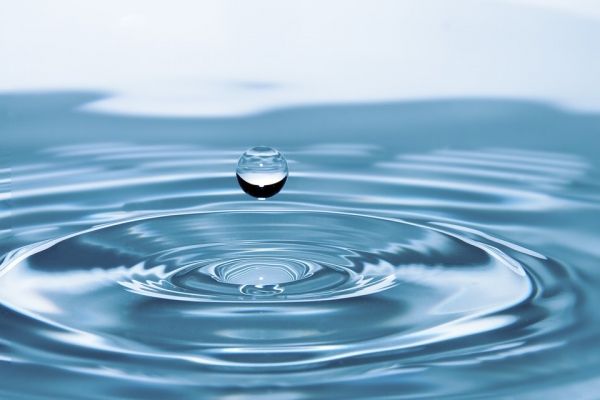Some 30 miles north of San Diego, along the Pacific Coast, sits the Claude “Bud” Lewis Carlsbad Desalination Plant, the largest effort to turn salt water into fresh water in North America.
Each day 100 million gallons of seawater are pushed through semi-permeable membranes to create 50 million gallons of water that is piped to municipal users. Carlsbad, which became fully operational in 2015, creates about 10 percent of the fresh water the 3.1 million people in the region use, at about twice the cost of the other main source of water.
Expensive, yes, but vital for the fact that it is local and reliable. “Drought is a recurring condition here in California,” said Jeremy Crutchfield, water resources manager at the San Diego County Water Authority. “We just came out of a five-year drought in 2017. The plant has reduced our reliance on imported supplies, which is challenging at times here in California. So it’s a component for reliability.”
A second plant, similar to Carlsbad, is being built in Huntington, California with the same 50-million-gallon-a-day capability. Currently there are 11 desalination plants in California, and 10 more are proposed.
Read more at Yale Environment 360
Photo credit: ronymichaud via Pixabay


